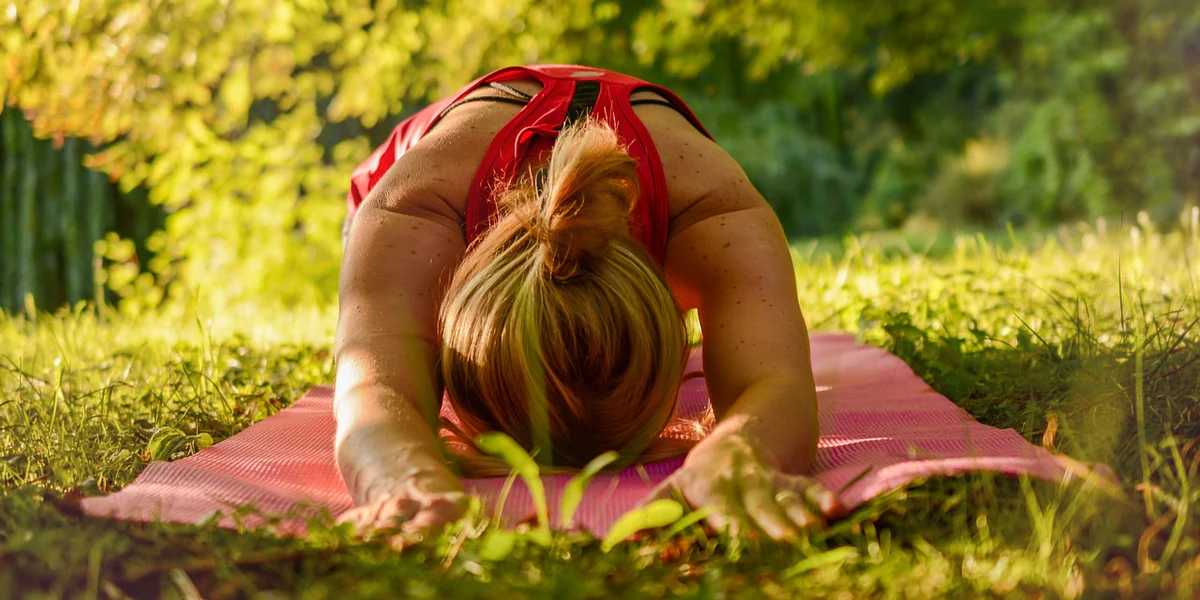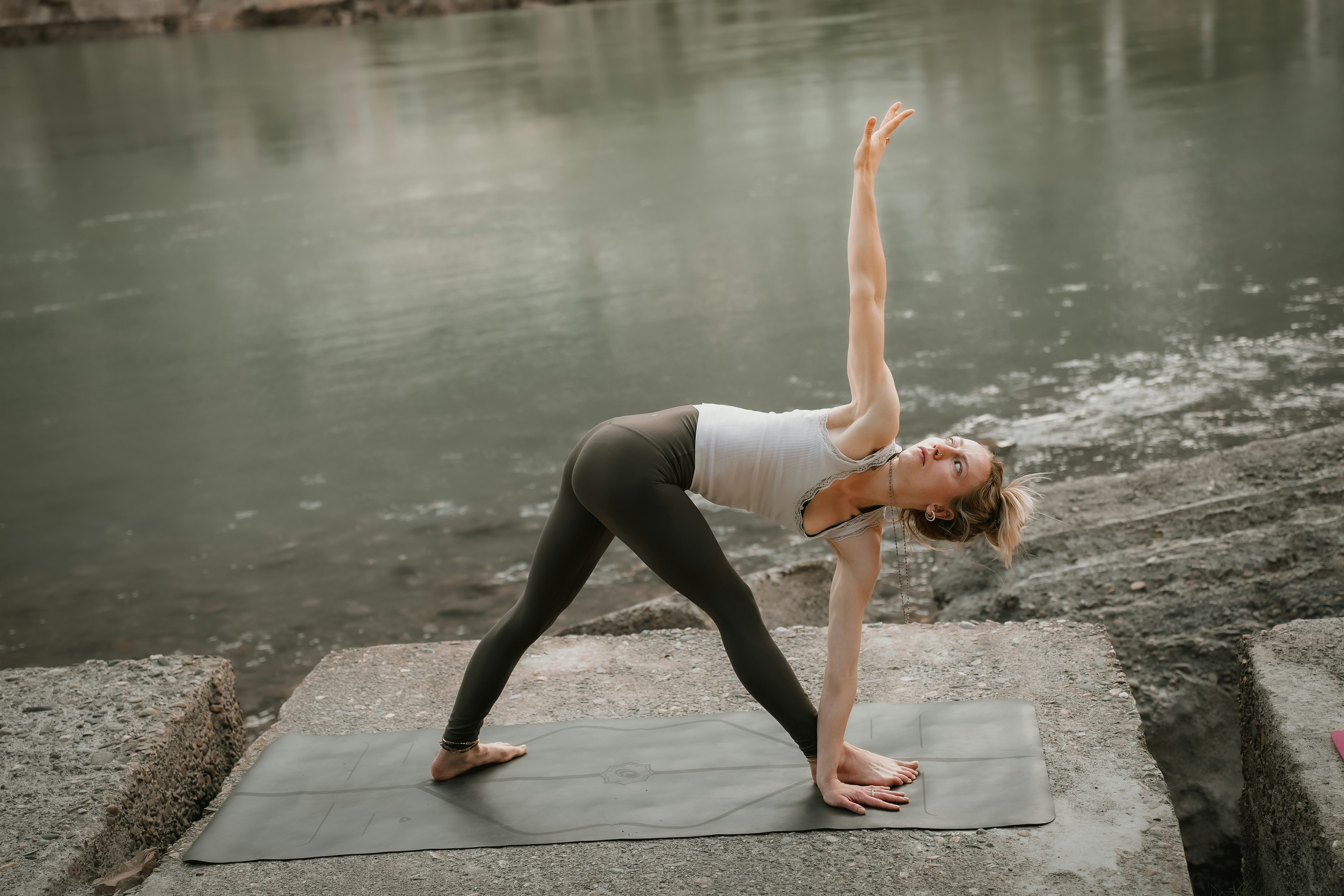For Teachers
Tips to Lead a Successful Yoga Audition

Embarking on a yoga teacher audition can feel like an overwhelming experience, especially if it’s your first time. I remember the nerves and self-doubt creeping in before my first audition—Would I be good enough? Would they like my teaching style? But after going through a few auditions and learning from each experience, I’ve gathered some valuable insights. These tips to lead a successful yoga audition can help make your journey smoother, more confident, and enjoyable.
Preparation is Key to Success
Before you step foot into your audition, preparation is everything. One of the most important tips to lead a successful yoga audition is to be thoroughly prepared. This includes knowing the specifics of the audition. Does the studio want a restorative class or an energetic flow? Understanding the studio’s needs is crucial to tailoring your class appropriately. When I was preparing for my first audition, I had a general idea of what I wanted to teach but lacked the understanding of what the studio actually wanted. I quickly learned that preparation meant more than just knowing the poses—it meant having a clear intention for the class and a well-thought-out sequence that would align with the studio’s mission.
When creating your class sequence, aim to structure it logically and flow from one pose to another. I’ve found that balancing challenging postures with more relaxing, restorative moments works wonders for keeping your class engaged and energized. Rehearse your sequence a few times before the audition to ensure that everything feels natural and seamless. Pay attention to timing and transitions as well—too long in one pose might lose the students’ interest, while rushing through the flow could make the class feel chaotic. Practice, practice, and more practice is one of the core tips to lead a successful yoga audition that I can’t emphasize enough.
Understanding Your Students
Another essential tip to lead a successful yoga audition is to have a clear idea of who your students will be. You can prepare your class for beginners, advanced students, or somewhere in between. During my early auditions, I learned how crucial it is to tailor my cues and sequences for the group I’m teaching. For example, if you’re teaching a group of beginners, make sure to give clear alignment cues and offer plenty of modifications. On the other hand, a more advanced class might appreciate a faster-paced flow with complex postures. When you know your audience, you can better adapt your teaching style to meet their needs and ensure a positive experience for them.
Being Authentic and Confident
Authenticity is key to connecting with your students and making a lasting impression. One tip to lead a successful yoga audition is to focus on being yourself rather than trying to imitate someone else. I’ve seen many teachers who struggled with auditions because they tried to teach in a style that wasn’t natural to them. Whether you tend to be soft-spoken or energetic, allow that to come through in your teaching. Students can tell when a teacher is being authentic, and that connection makes a huge difference in their experience.
Confidence is another factor that can help elevate your audition. The more you believe in your abilities and knowledge, the more your students will believe in you. This confidence doesn’t necessarily mean being perfect. I certainly wasn’t flawless in my first audition, but what worked for me was owning the moment and trusting my training. It’s okay to be nervous, but remember that this audition is a chance to show who you are as a teacher. Every tip to lead a successful yoga audition encourages confidence, even if it takes some time to build.
Engage with Your Students
During an audition, it’s not enough to just demonstrate poses and go through the motions. Engaging with your students is one of the most powerful tips to lead a successful yoga audition that I can offer. Whether it’s providing hands-on adjustments, offering supportive verbal cues, or simply making eye contact with your students, engagement creates a sense of connection that is hard to replicate. This is where you’ll stand out as a teacher who truly cares about the students’ experience.
One of the ways I engage my students during auditions is by offering both positive feedback and gentle corrections. I’ve learned that praise can be a powerful motivator, especially when you’re leading a class for the first time. The key is to offer constructive feedback in a way that makes your students feel empowered and supported.
Be Prepared to Adapt
While preparation is important, you also need to be flexible. One tip to lead a successful yoga audition is being ready to adjust your plan based on how the class is going. You might find that certain poses aren’t resonating with your students, or that the energy in the room isn’t as expected. Being able to adapt to these changes demonstrates your teaching versatility and ability to respond to your students’ needs.
During one audition, I had to alter my sequence midway because some students were struggling with a particular pose. Instead of getting frustrated or nervous, I switched things up, made modifications, and the class continued without a hitch. It was a valuable lesson in how important it is to go with the flow and not panic when things don’t go as planned.
Demonstrate Knowledge of Yoga Philosophy
Yoga is not just about physical poses; it’s about a deeper understanding of the practice. One tip to lead a successful yoga audition is to demonstrate your knowledge of yoga philosophy and anatomy. It can be tempting to rush through an audition by focusing solely on the physical aspects of the class, but offering insights into why you’re doing certain poses can give your class more depth. Whether you share a little about the importance of breath, alignment, or even the philosophy behind yoga, showing that you understand the holistic nature of yoga can set you apart from other candidates.
When I auditioned for a studio that emphasized mindfulness, I included short discussions about the connection between breath and movement. Sharing a brief teaching from the Yoga Sutras or mentioning the benefits of mindfulness helped show the studio that I had a well-rounded understanding of yoga.
Post-Audition Reflection
Once the audition is over, it’s time for reflection. One final tip to lead a successful yoga audition is to assess how it went and consider what you could improve. Reflecting on your experience will help you become a better teacher and refine your approach for future auditions. Don’t be afraid to ask for feedback, either—whether it’s from the studio panel or the students who attended your class. Constructive criticism is invaluable and will help you grow as a yoga teacher.
Conclusion: Trust the Process
Auditioning for yoga teaching positions can be daunting, but by following these tips to lead a successful yoga audition, you can approach each audition with confidence, authenticity, and preparation. Remember that every audition is an opportunity to grow and learn more about yourself as a teacher. Trust the process, stay adaptable, and always focus on building a connection with your students. Success in auditions isn’t about perfection; it’s about bringing your unique qualities to the mat and creating a meaningful experience for everyone involved.









